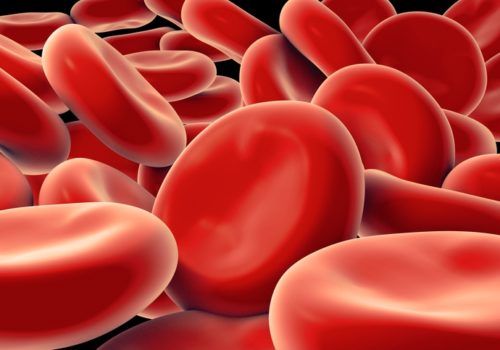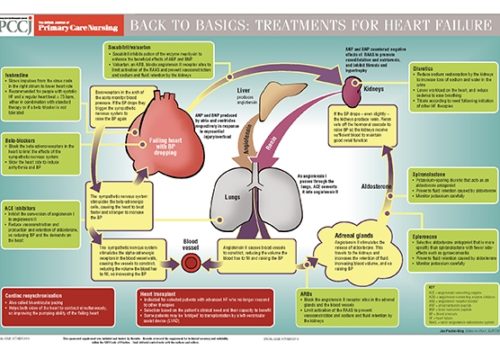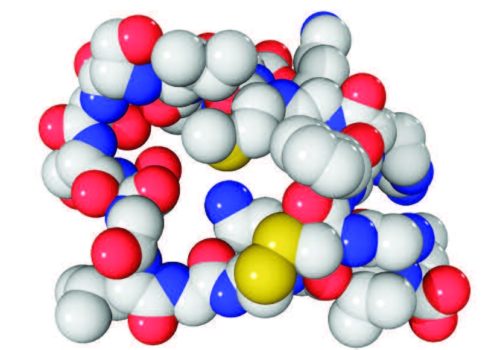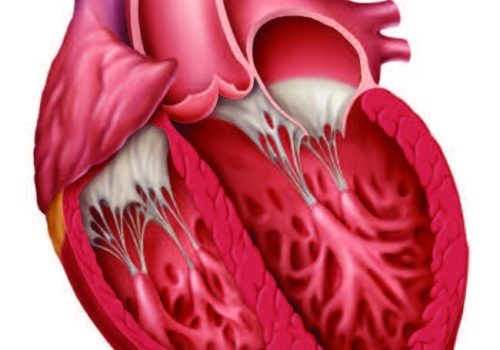The incidence and prevalence of cardiovascular diseases increase in older adults and are a common cause of morbidity and mortality. This article by Dr David Milne examines whether we can reduce cardiovascular risk in the elderly, and if so, should we try to do so?
Familial hypercholesterolaemia – How can we do better?
The British Heart Foundation is pressing for a renewed focus on improving the diagnosis and management of familial hypercholesterolaemia, and adoption of a nationwide cascade screening programme for first-degree relatives. The article includes best practice tips for busy primary healthcare professionals.
Using the novel oral anticoagulants in primary care
Stroke related to atrial fibrillation can be prevented effectively through the use of anticoagulants. This article reviews recent guidelines, clinical trials and real-world evidence with non-vitamin K antagonist oral anticoagulants (NOACs) in patients with AF and provides practical guidance on the use of these newer agents in primary care.
Sacubitril/valsartan: Clinical evidence from PARADIGM-HF
The large randomised controlled trial PARADIGM-HF showed that treatment with sacubitril/valsartan (Entresto) compared with enalapril reduced the risk of hospitalisation, cardiovascular and all-cause mortality and improved symptoms in patients with heart failure with reduced ejection fraction. This article describes the key results and how they can be applied in primary care.
Editorial: Sacubitril/valsartan in heart failure – a guide for primary care
HF has a major impact on patients, their families, the NHS and social care services. It still has a poor prognosis, worse than many of the common cancers that also affect older people. It causes significant morbidity and imposes a major cost burden on the health service. This editorial provides an introduction to a special supplement on a first-in-class oral treatment for heart failure.
Sacubitril/valsartan in primary care: The commissioner’s role
Commissioning is not so different from seeing patients. As a GP you listen, examine, draw up a diagnosis and plan treatment. In commissioning, the community served by the clinical commissioning group (CCG) is the ‘patient’. When considering the introduction of a new treatment for heart failure (HF) such as sacubitril/valsartan (Entresto), we must consider not only its acquisition costs but also its potential benefits in improving patients’ symptoms and reducing expensive hospital admissions.
Sacubitril/valsartan in primary care: The pharmacist’s role
Sacubitril/valsartan (Entresto), the first angiotensin receptor-neprilysin inhibitor (ARNI), is a recently licensed medication that has been shown to improve outcomes for patients with symptomatic chronic HF with reduced ejection fraction (HF-REF) compared with current gold-standard treatment with an ACE inhibitor. This article describes the pharmacist’s role in supporting patients receiving sacubitril/valsartan.
Sacubitril/valsartan in primary care: The practice nurse’s role
Many patients with heart failure rely on practice nurses to monitor their care. A multidisciplinary team (MDT) integrated community approach has been endorsed by NICE guidelines when delivering HF care. This article provides practice nurses with the information they need to understand the condition, current treatment guidelines, and the new treatment – sacubitril/valsartan, the first-in-class angiotensin receptor-neprilysin inhibitor.
Back to Basics: Heart failure treatments – mechanisms of action
A number of drug classes are used in the treatment of patients with heart failure. This illustrated Back to Basics poster describes the various drugs and their mechanisms of action to give health care professionals and their patients a greater understanding of heart failure management and where sacubitril/valsartan fits into the picture.
Sacubitril/valsartan: Implementation in primary care
This article describes the use of sacubitril/valsartan – the first-in-class angiotensin receptor-neprilysin inhibitor (ARNI) in primary care and how the new drug fits in the heart failure treatment pathway. Current guidelines and case studies are also explored to provide further understanding of this latest HF treatment to enter clinical use.
Sacubitril/valsartan: The first ARNI
This article gives an overview of sacubitril/valsartan (Entresto), a first-in-class angiotensin receptor-neprilysin inhibitor comprising valsartan, an angiotensin II receptor blocker and the neprilysin inhibitor sacubitril. The drug has been approved for the treatment of symptomatic (NYHA class (II-IV) chronic heart failure and reduced ejection fraction (HF-REF) in adults.
The pathophysiology of heart failure
The mechanisms underlying HF are complex and involve the interaction of many hormonal and molecular signalling pathways. These pathways form the basis of many pharmacological treatments, old and new. This article will examine the factors associated with the development of HF, the pathophysiology behind it and the neurohormonal pathways involved in established HF.


































